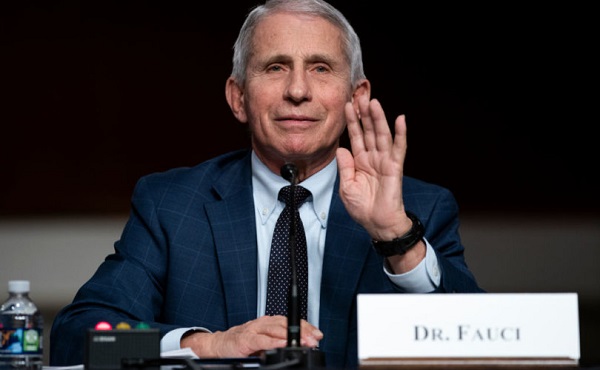Alberta
City of Calgary signs Modernized Housing Agreement with Government of Alberta

Just two days before the 10thannual Coldest Night of the Year, a nation-wide campaign directed at combatting the effects of homelessness and housing insecurity across Canada, the City of Calgary has signed a new modernized housing agreement with the Government of Alberta.
 On February 18, 2021, the City of Calgary released a press release detailing their agreement with the Alberta Government, which lays out a 4-year, $34 million operating and capital funding agreement for the continued facilitation of affordable housing in Calgary. The agreement covers the continued maintenance of 1,048 existing affordable households throughout the city. Extending through 2024, this updated agreement will take the place of the original jointly funded housing agreements between The City and the provincial government.
On February 18, 2021, the City of Calgary released a press release detailing their agreement with the Alberta Government, which lays out a 4-year, $34 million operating and capital funding agreement for the continued facilitation of affordable housing in Calgary. The agreement covers the continued maintenance of 1,048 existing affordable households throughout the city. Extending through 2024, this updated agreement will take the place of the original jointly funded housing agreements between The City and the provincial government.
All homes are managed by Calgary Housing Company (CHC), a wholly owned subsidiary of The City, and the largest landlord in Calgary, currently managing more than 10,000 households with approximately 25,000 tenants. According to the release, 1 in 5 Calgary households currently struggle with housing costs and more than 100,000 Calgary households are forecast to be in housing need by 2025.

Comments from Calgary housing officials and Mayor Naheed Nenshi highlight the importance of affordable housing in ensuring the future success of all Calgarians and the continued prosperity of Alberta. According to Councillor Druh Farrell, the ability to contribute positively to society begins with access to safe, reliable and affordable shelter. “It’s important to remember that affordable housing is about people,” she says, “People in stable housing have greater chances to find and keep jobs, to learn and build skills and be active participants in their communities.”
“Alberta’s government knows affordable housing is critical to create inclusive communities and to build economic prosperity for all Albertans,” continues Seniors and Housing Minister Josephine Pon.
In addition to the extended provision of 1,048 affordable households, the agreement enables the transition of all City-owned social housing to a social-housing mixed rent model, which in turn, will facilitate positive housing outcomes for tenants. This includes a focus on moving residents out of poverty and reducing reliance on government subsidies moving into the future.
This agreement represents another important step in prioritizing affordable housing, which remains a key factor in reducing the impacts of homelessness and housing insecurity in Calgary and across Canada. According to the City of Calgary press release, “It actually costs less in tax-payer dollars to provide citizens experiencing homelessness with affordable housing. They will rely less on other public supports, such as shelters, healthcare and emergency services.”
For more information on Calgary’s recent modernized housing agreement and ongoing affordable housing strategy, visit https://www.calgary.ca/cs/olsh/affordable-housing/affordable-housing.html?redirect=/affordablehousing
For more stories, visit Todayville Calgary.
Alberta
CPP another example of Albertans’ outsized contribution to Canada
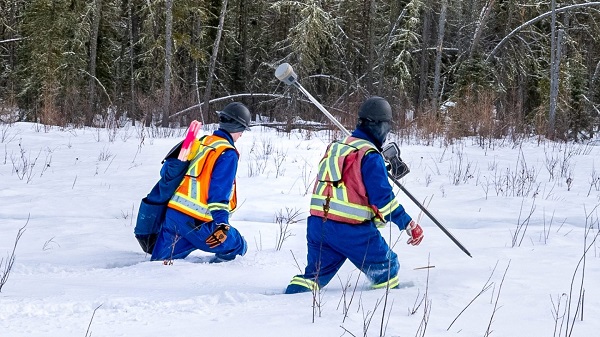
From the Fraser Institute
By Tegan Hill
Amid the economic uncertainty fuelled by Trump’s trade war, its perhaps more important than ever to understand Alberta’s crucial role in the federation and its outsized contribution to programs such as the Canada Pension Plan (CPP).
From 1981 to 2022, Albertan’s net contribution to the CPP—meaning the amount Albertans paid into the program over and above what retirees in Alberta received in CPP payments—was $53.6 billion. In 2022 (the latest year of available data), Albertans’ net contribution to the CPP was $3.0 billion.
During that same period (1981 to 2022), British Columbia was the only other province where residents paid more into the CPP than retirees received in benefits—and Alberta’s contribution was six times greater than B.C.’s contribution. Put differently, residents in seven out of the nine provinces that participate in the CPP (Quebec has its own plan) receive more back in benefits than they contribute to the program.
Albertans pay an outsized contribution to federal and national programs, including the CPP because of the province’s relatively high rates of employment, higher average incomes and younger population (i.e. more workers pay into the CPP and less retirees take from it).
Put simply, Albertan workers have been helping fund the retirement of Canadians from coast to coast for decades, and without Alberta, the CPP would look much different.
How different?
If Alberta withdrew from the CPP and established its own standalone provincial pension plan, Alberta workers would receive the same retirement benefits but at a lower cost (i.e. lower CPP contribution rate deducted from our paycheques) than other Canadians, while the contribution rate—essentially the CPP tax rate—to fund the program would likely need to increase for the rest of the country to maintain the same benefits.
And given current demographic projections, immigration patterns and Alberta’s long history of leading the provinces in economic growth, Albertan workers will likely continue to pay more into the CPP than Albertan retirees get back from it.
Therefore, considering Alberta’s crucial role in national programs, the next federal government—whoever that may be—should undo and prevent policies that negatively impact the province and Albertans ability to contribute to Canada. Think of Bill C-69 (which imposes complex, uncertain and onerous review requirements on major energy projects), Bill C-48 (which bans large oil tankers off B.C.’s northern coast and limits access to Asian markets), an arbitrary cap on oil and gas emissions, numerous other “net-zero” targets, and so on.
Canada faces serious economic challenges, including a trade war with the United States. In times like this, it’s important to remember Alberta’s crucial role in the federation and the outsized contributions of Alberta workers to the wellbeing of Canadians across the country.
Alberta
Made in Alberta! Province makes it easier to support local products with Buy Local program

Show your Alberta side. Buy Local. |
When the going gets tough, Albertans stick together. That’s why Alberta’s government is launching a new campaign to benefit hard-working Albertans.
Global uncertainty is threatening the livelihoods of hard-working Alberta farmers, ranchers, processors and their families. The ‘Buy Local’ campaign, recently launched by Alberta’s government, encourages consumers to eat, drink and buy local to show our unified support for the province’s agriculture and food industry.
The government’s ‘Buy Local’ campaign encourages consumers to buy products from Alberta’s hard-working farmers, ranchers and food processors that produce safe, nutritious food for Albertans, Canadians and the world.
“It’s time to let these hard-working Albertans know we have their back. Now, more than ever, we need to shop local and buy made-in-Alberta products. The next time you are grocery shopping or go out for dinner or a drink with your friends or family, support local to demonstrate your Alberta pride. We are pleased tariffs don’t impact the ag industry right now and will keep advocating for our ag industry.”
Alberta’s government supports consumer choice. We are providing tools to help folks easily identify Alberta- and Canadian-made foods and products. Choosing local products keeps Albertans’ hard-earned dollars in our province. Whether it is farm-fresh vegetables, potatoes, honey, craft beer, frozen food or our world-renowned beef, Alberta has an abundance of fresh foods produced right on our doorstep.
Quick facts
- This summer, Albertans can support local at more than 150 farmers’ markets across the province and meet the folks who make, bake and grow our food.
- In March 2023, the Alberta government launched the ‘Made in Alberta’ voluntary food and beverage labelling program to support local agriculture and food sectors.
- Through direct connections with processors, the program has created the momentum to continue expanding consumer awareness about the ‘Made in Alberta’ label to help shoppers quickly identify foods and beverages produced in our province.
- Made in Alberta product catalogue website
Related information
-

 2025 Federal Election14 hours ago
2025 Federal Election14 hours agoBREAKING: THE FEDERAL BRIEF THAT SHOULD SINK CARNEY
-
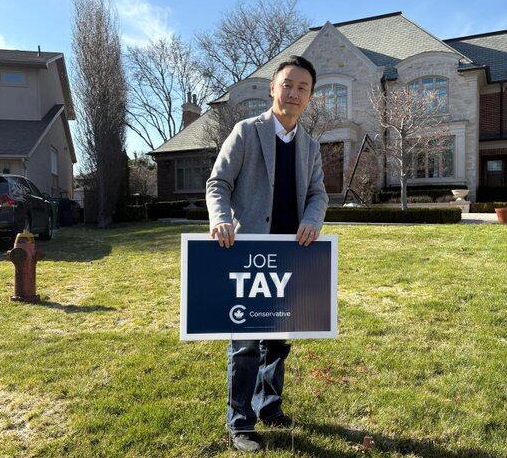
 2025 Federal Election15 hours ago
2025 Federal Election15 hours agoCHINESE ELECTION THREAT WARNING: Conservative Candidate Joe Tay Paused Public Campaign
-

 2025 Federal Election1 day ago
2025 Federal Election1 day agoOttawa Confirms China interfering with 2025 federal election: Beijing Seeks to Block Joe Tay’s Election
-
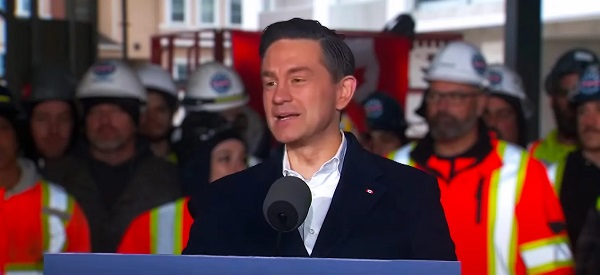
 2025 Federal Election1 day ago
2025 Federal Election1 day agoReal Homes vs. Modular Shoeboxes: The Housing Battle Between Poilievre and Carney
-
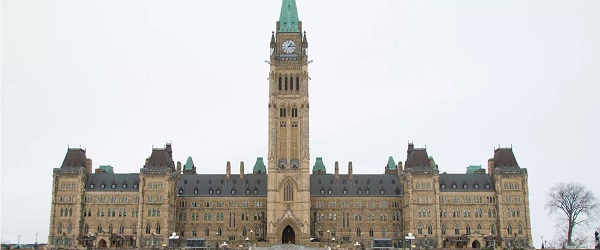
 2025 Federal Election2 days ago
2025 Federal Election2 days agoCarney’s budget means more debt than Trudeau’s
-

 International2 days ago
International2 days agoPope Francis has died aged 88
-

 Business2 days ago
Business2 days agoCanada Urgently Needs A Watchdog For Government Waste
-

 2025 Federal Election1 day ago
2025 Federal Election1 day agoHow Canada’s Mainstream Media Lost the Public Trust

